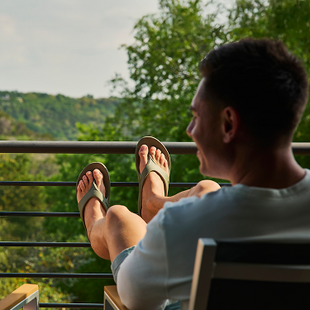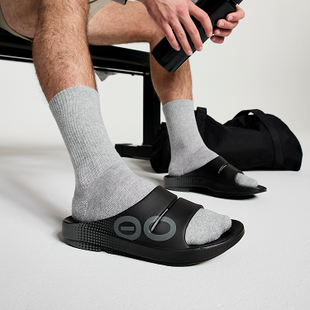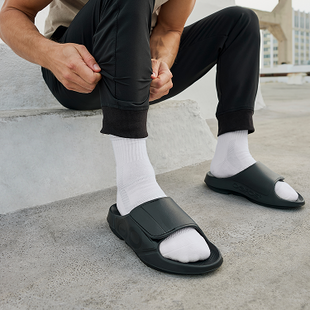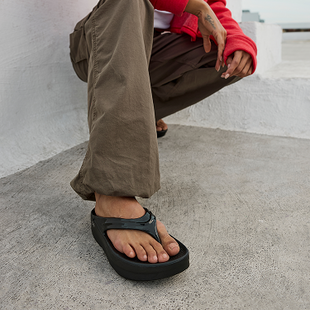The Physiology of Recovery
When we engage in strenuous exercise, our muscles experience microscopic tears, particularly during activities involving resistance or high impact. This microtrauma triggers the body’s repair mechanisms, leading to muscle growth and increased strength—a process known as muscle hypertrophy. During recovery, the body initiates several key processes:
- Muscle Repair and Growth: Satellite cells surrounding muscle fibres activate to repair microtears, fusing to the damaged fibres and strengthening them.
- Removal of Metabolic Waste: Exercise generates metabolic byproducts like lactic acid. Recovery allows the body to clear these substances, reducing muscle soreness and fatigue.
- Replenishment of Energy Stores: Glycogen, the primary fuel source for muscles, is restored during rest, ensuring readiness for the next physical effort.
Neglecting adequate recovery can lead to overtraining syndrome, which results in decreased performance, increased injury risk, and prolonged fatigue.
Stress Reduction and Recovery
Beyond physical repair, recovery is essential for managing physiological stress. Intense exercise activates the body’s stress response, increasing cortisol levels and engaging the sympathetic nervous system—the "fight or flight" mechanism. While beneficial in short bursts, prolonged activation without sufficient recovery can impair immune function, disrupt sleep, and slow muscle repair. Rest periods allow the parasympathetic nervous system—the "rest and digest" system—to restore balance, promoting overall well-being and optimal performance.
Introducing Dynamic Recovery
For many people, especially those with busy schedules, taking complete rest days can feel impractical or even counterproductive. Enter dynamic recovery—a sustainable approach that incorporates low-intensity, restorative activities into daily routines.
Unlike absolute rest, dynamic recovery focuses on gentle movements that promote blood circulation, flexibility, and mental relaxation without placing significant stress on the body. Examples include:
- Yoga or Stretching: Enhances flexibility and eases muscle tension.
- Walking or Light Cycling: Stimulates blood flow, helping to remove metabolic waste and deliver nutrients to muscles.
- Swimming: Provides a low-impact, full-body workout that soothes sore muscles.
Dynamic recovery not only supports physical repair but also improves mental health, making it a great strategy for maintaining an active yet balanced lifestyle.
OOFOS: Supporting Dynamic Recovery
Supportive footwear plays a vital role in maximising the benefits of dynamic recovery.
OOFOS, a leader in recovery footwear, has developed OOfoam™ technology—a proprietary material designed to absorb impact, reduce stress on joints, and enhance the recovery process. Key benefits of OOFOS footwear include:
- Superior Impact Absorption: OOfoam™ absorbs 37% more impact than traditional footwear foam, reducing stress on feet, knees, and lower back.
- Arch Support: The patented footbed design cradles the arches, promoting natural foot movement and reducing fatigue.
- Closed-Cell Foam: Minimises odour and is machine washable, ensuring hygiene and convenience.
Incorporating OOFOS footwear into your dynamic recovery routine provides your body with the support it needs to recover effectively, even in the midst of a busy lifestyle.
Conclusion
Recognising recovery as an active and essential component of any fitness routine is key to achieving long-term strength and well-being. By understanding the physiological processes involved and adopting dynamic recovery strategies, you can enhance your performance sustainably. Incorporating supportive tools like OOFOS footwear further aids this process, allowing you to stay active, reduce stress, and support your body’s natural recovery—without compromising on movement.






